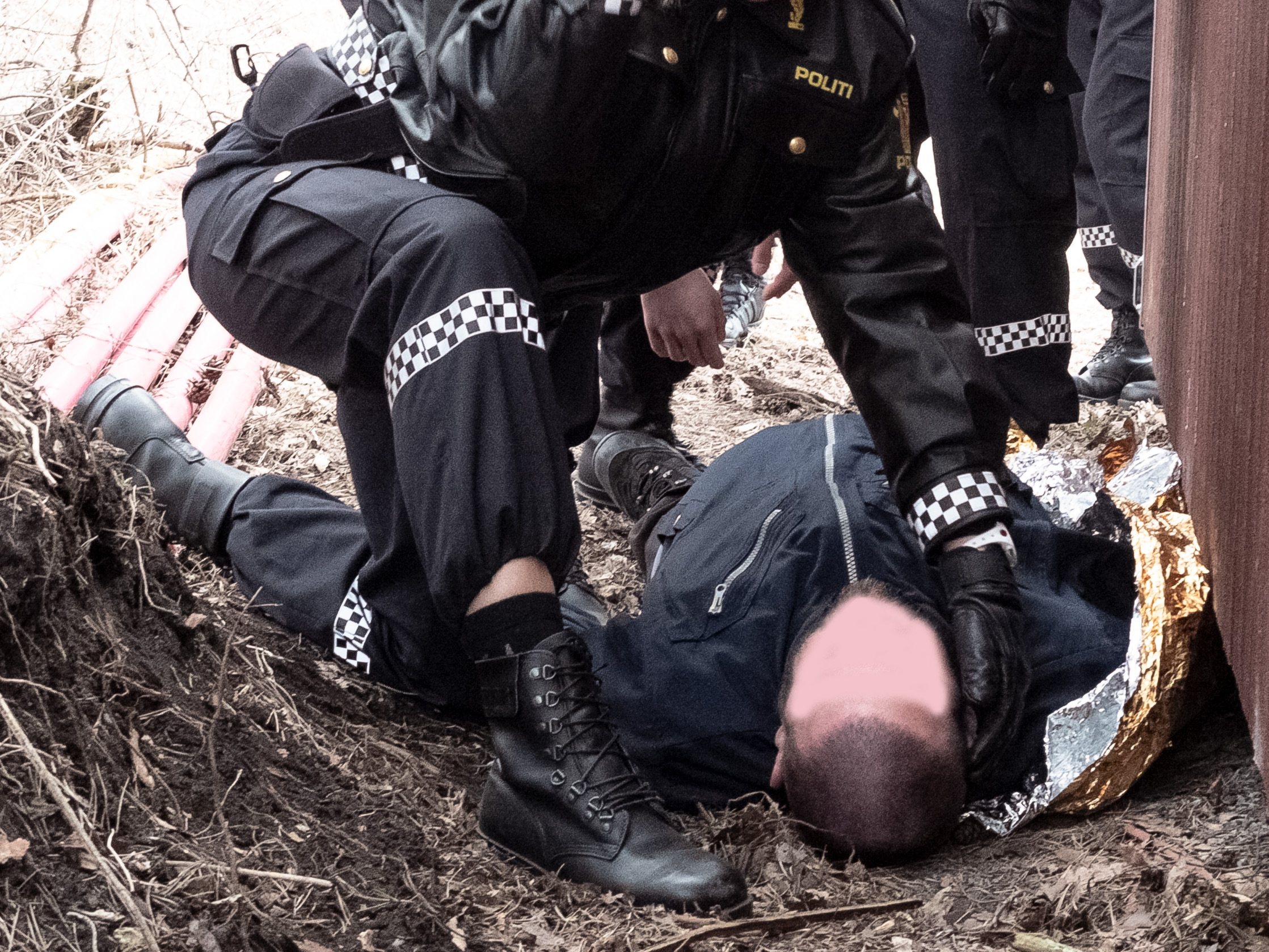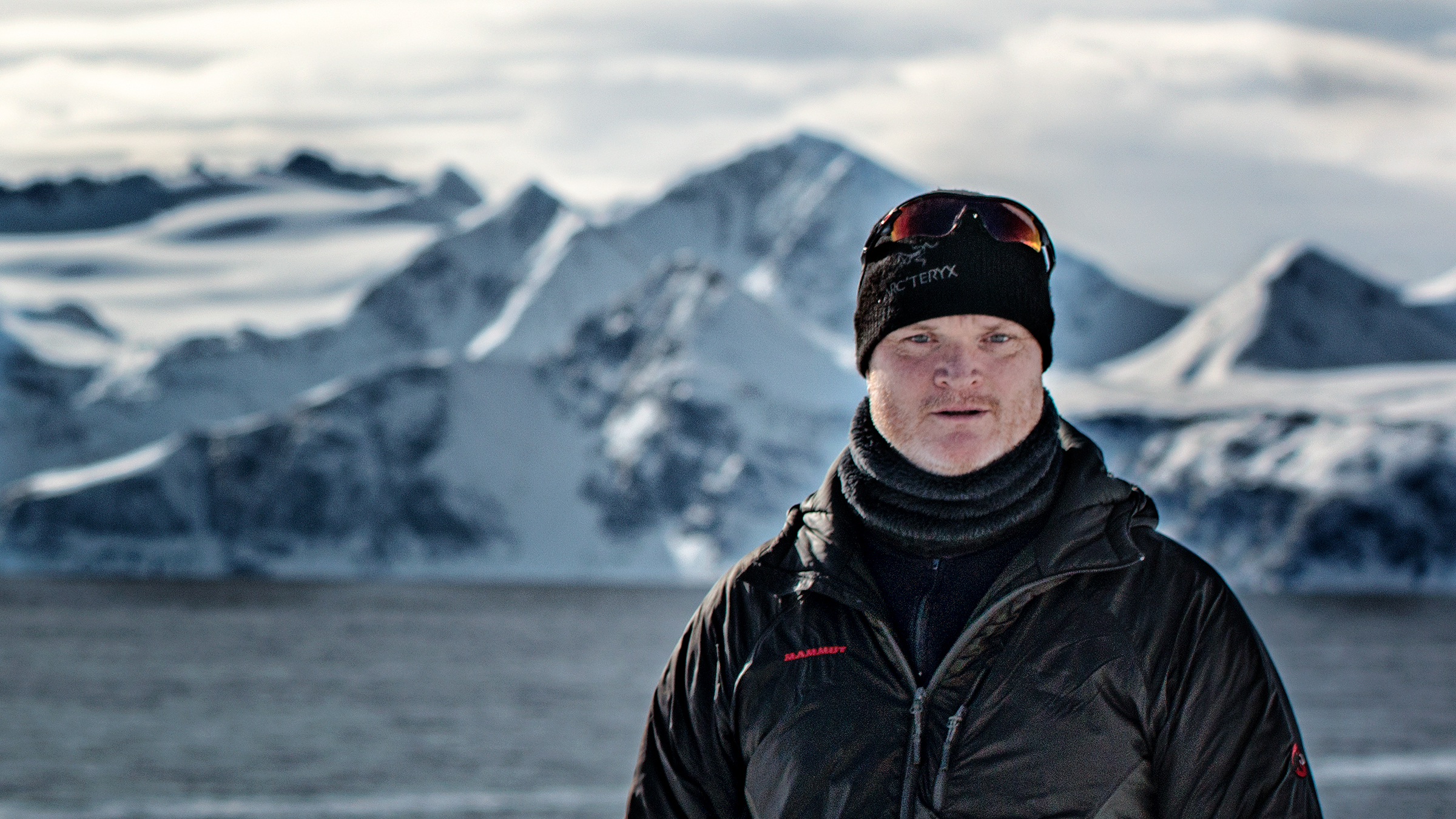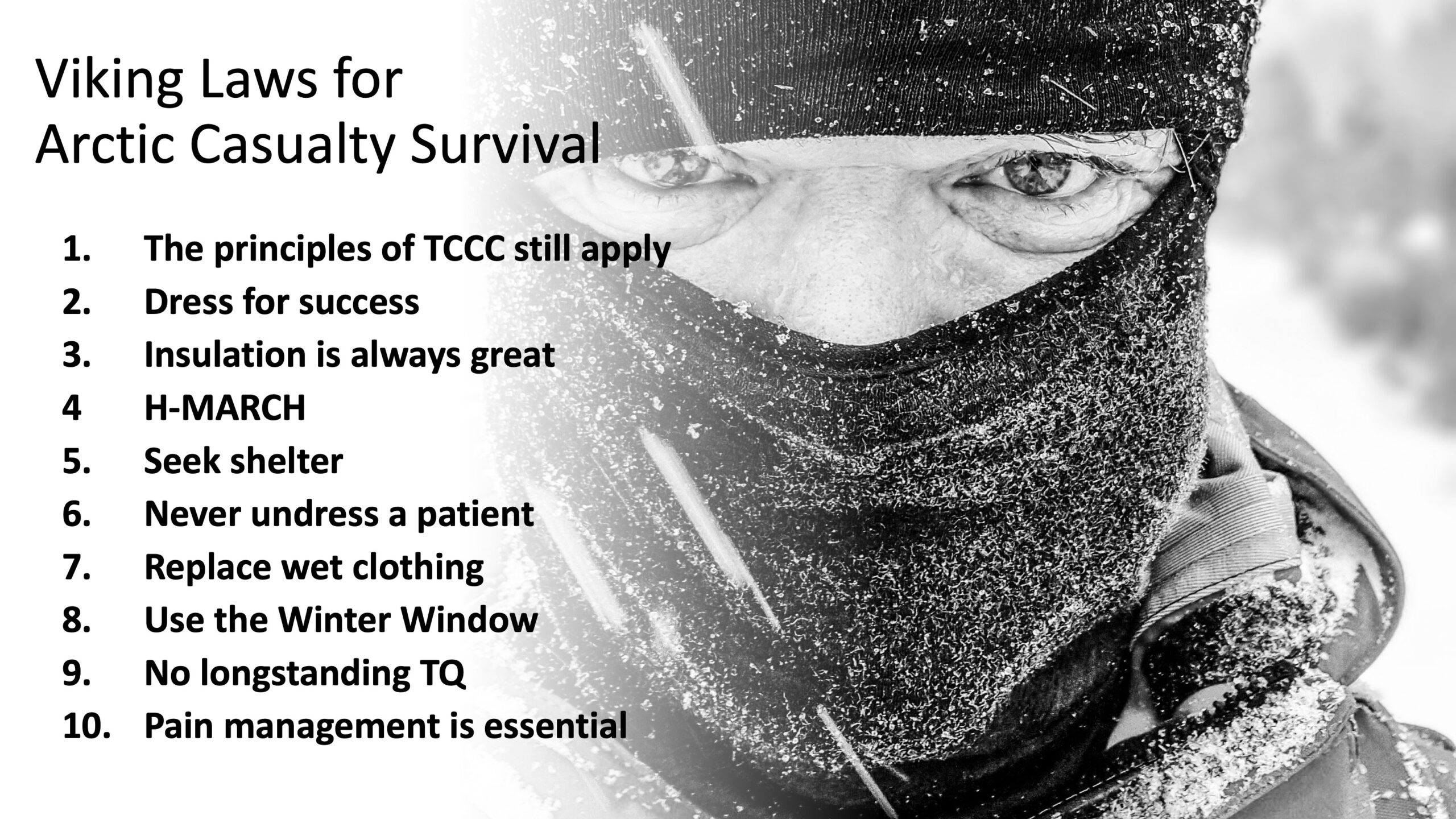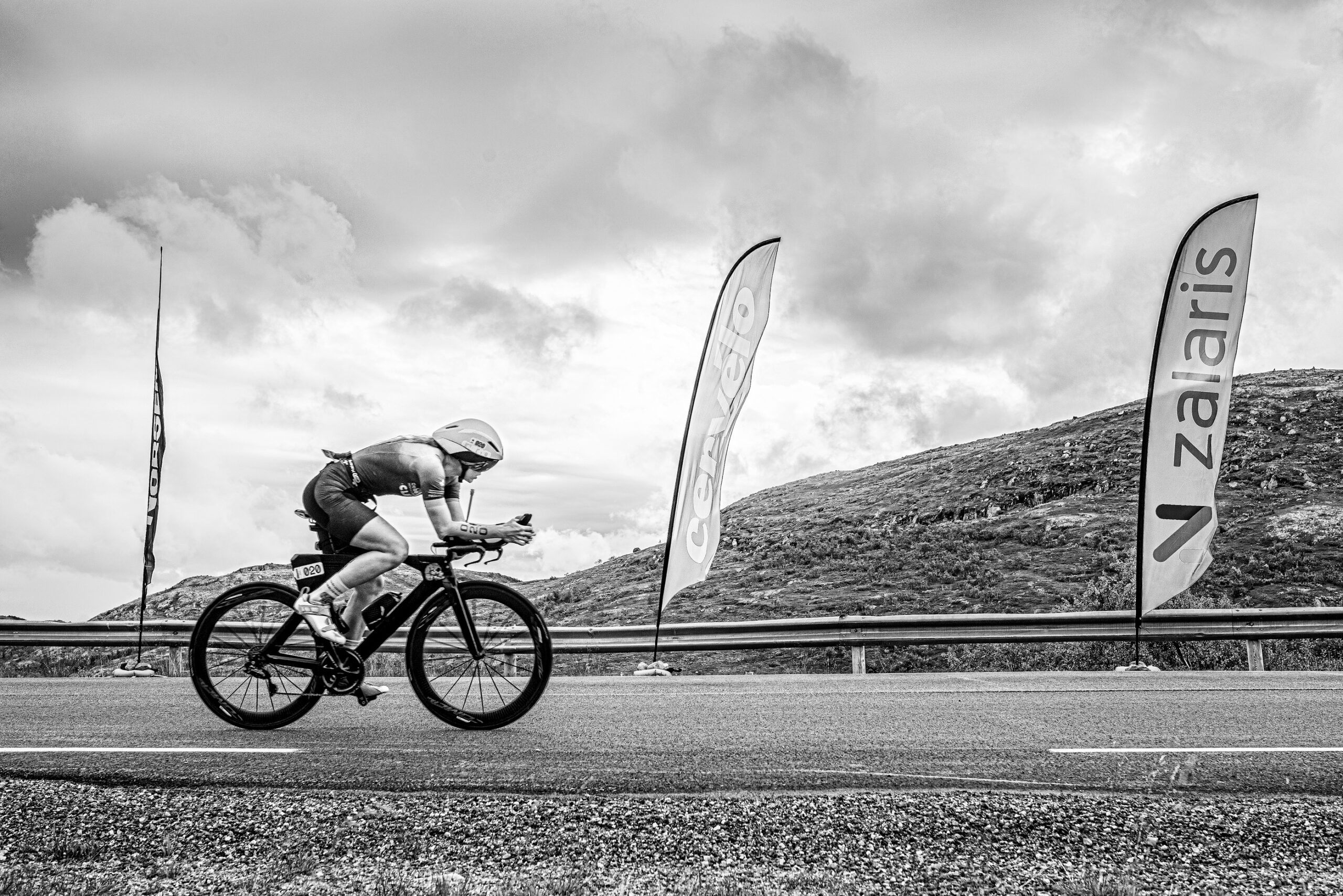Reflective foils, often known as “Space blankets,” have been a standard component of first aid kits since the 1960s as a means of preventing hypothermia. It was created by NASA to aid in space exploration. But does it accomplish its goals?
The space blanket is claimed by a number of manufacturers to reduce heat loss by up to 90%. This exaggeration is quite extreme. Our body loses heat through conduction, convection, evaporation and radiation. The space blanket is intended to limit heat loss by radiation to almost zero, according to theory. We need to take a closer look at this claim.
The heat loss via radiation is proportional to the area from which it is radiated and the temperature of this surface raised to the fourth power. Did you get flashbacks to high school now? In practice, this means that the heat loss via radiation in a human being largely depends on the temperature of our skin. A hypothermic patient has cold skin. Therefore, we know that heat loss via radiation is already very low in a hypothermic patient.
This suggests that other loss processes are much more important and that heat loss through radiation is essentially nonexistent. The primary purpose of this foil is consequently not present in hypothermic people. In different contexts, the foil may have other properties.
A standard foil has a size of 2.8 m2. It is too small to cover most patients. And even worse when the patient may lie on uneven ground or in rough weather conditions. Further, it is often difficult to package the patient well enough. Thus, it will not reduce evaporation significantly.
The conduction loss is the heat lost by the patient being in direct contact with the ground. We try to limit it as much as possible by adding as much insulation as possible. We could use a sleeping mat, extra clothes and more. Its purpose is to create an effective layer of stagnant air, which insulates well. It is easy to see that a foil does not work very well as an insulation layer.
Last but not least, a note on the usefulness of Space Blanket foil. Like myself, many have probably stood on a mountain in the wind while attempting to wrap a patient. It’s not simple. If you are not extremely attentive, a Space Blanket might blow away quite easily. Additionally, the foil is easily rippable. It is difficult to properly wrap a patient with such foil in these circumstances. Large trash bags will probably have similar good qualities and even somewhat better usability.
The question in the end is what is the best possible treatment for hypothermia patients? The answer depends entirely on context. Depending on the type of duties you have and the circumstances you find yourself in, you must modify your tools and techniques. However, there are a number of excellent approaches that I will discuss in upcoming postings.
What is your take on the reflective foils?



